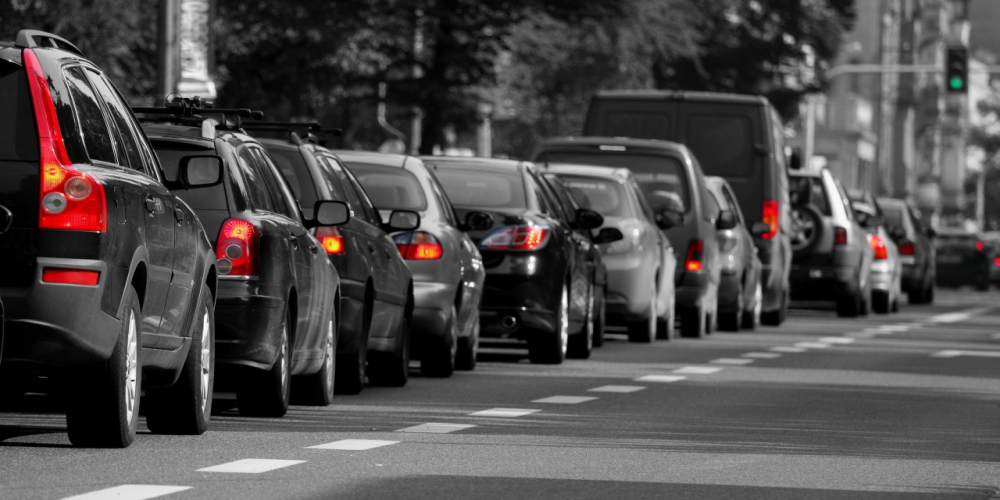Blog
In the early hours of March 31st, New York State took the landmark step of moving forward with implementation of a congestion pricing policy for Manhattan. With this deal, NYC edges out other cities like Seattle and Los Angeles to be the first in the U.S. to impose a charge on all vehicles entering a specific zone of the city. Other kinds of congestion pricing like dynamic rates for express toll lanes have existed for years, but drivers generally have an alternative option to reach their destinations without paying a fee. Starting in 2021, that will not be the case for almost any vehicle traveling into Manhattan below 60th Street – only emergency vehicles and vehicles transporting someone with a disability are exempt from the charge established in New York’s legislation.
Most people seem to agree with a “user-pays” principle for transportation infrastructure, especially for roads and highways. The fuel excise tax on gasoline and diesel has long been the primary source of federal and state transportation revenues. While economists have long advocated for other types of fees, transportation professionals, policymakers, politicians and even the public have just recently become more active in pricing discussions. A number of trends in transportation technology and behavior have launched this discussion, which was strongly evident this year at the TRB Annual Meeting.


